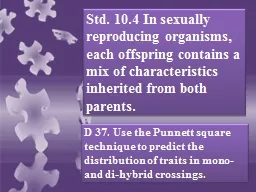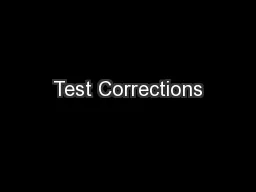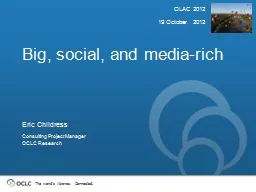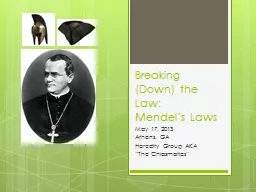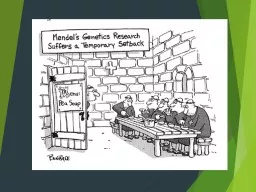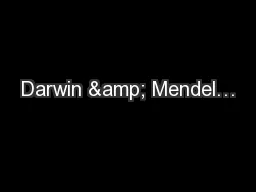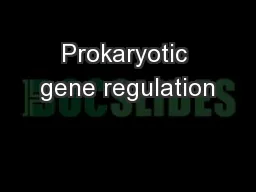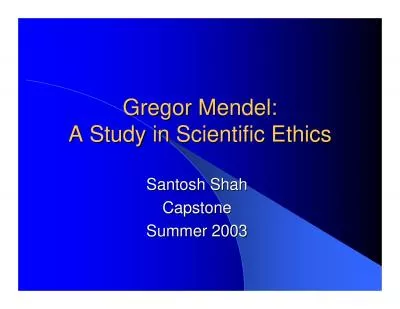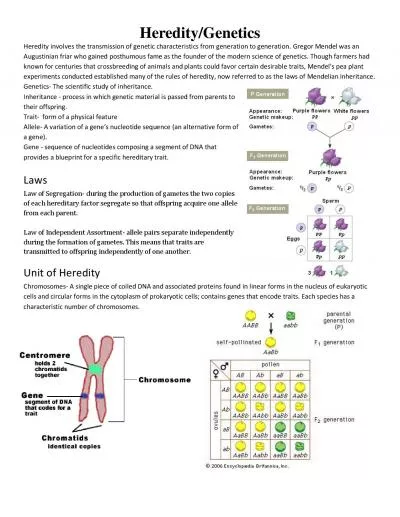PPT-Heredity Tidbit
Author : lindy-dunigan | Published Date : 2017-10-24
Participants Facilitator Virginia Carson Chris Tubbs Charlie Janson Devon Quick John Reiss Melissa RowlandGoldsmith Mark Wilson Learning goals Students will understand
Presentation Embed Code
Download Presentation
Download Presentation The PPT/PDF document "Heredity Tidbit" is the property of its rightful owner. Permission is granted to download and print the materials on this website for personal, non-commercial use only, and to display it on your personal computer provided you do not modify the materials and that you retain all copyright notices contained in the materials. By downloading content from our website, you accept the terms of this agreement.
Heredity Tidbit: Transcript
Download Rules Of Document
"Heredity Tidbit"The content belongs to its owner. You may download and print it for personal use, without modification, and keep all copyright notices. By downloading, you agree to these terms.
Related Documents



